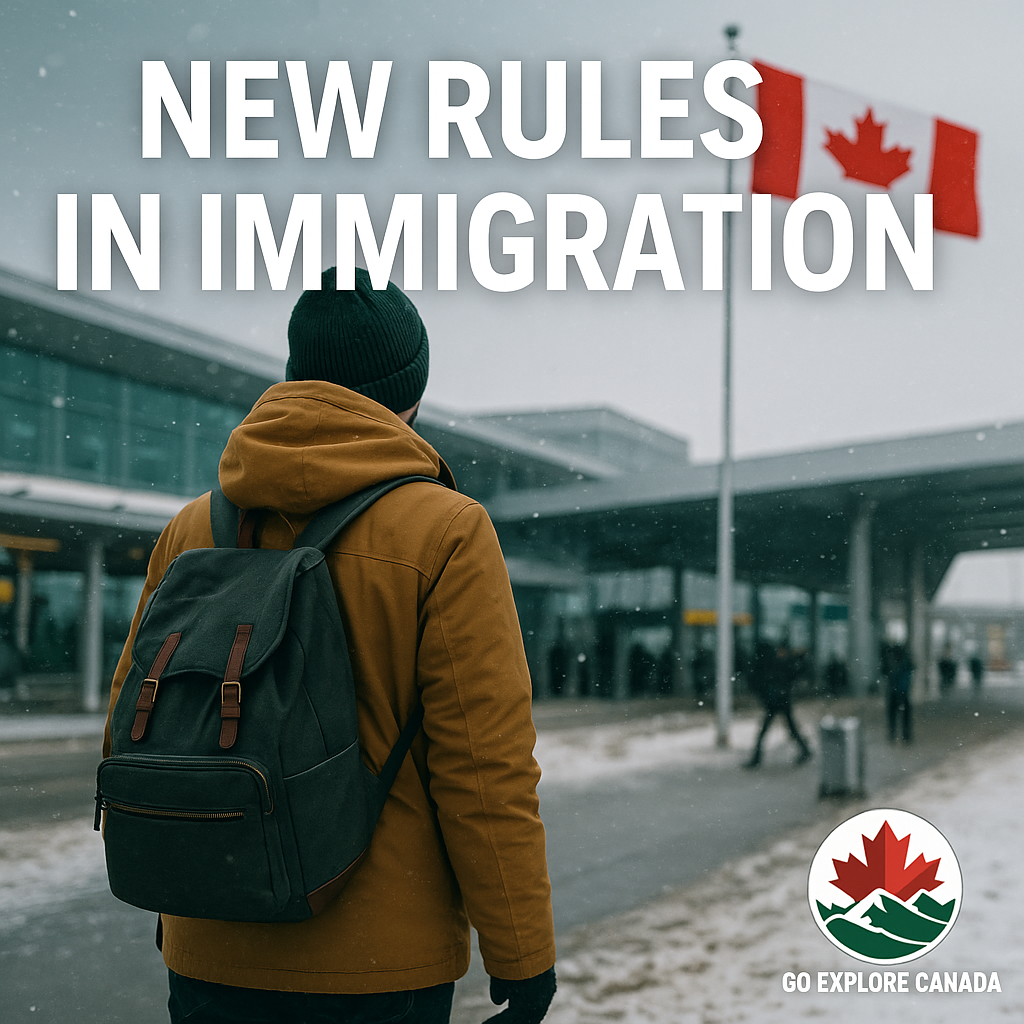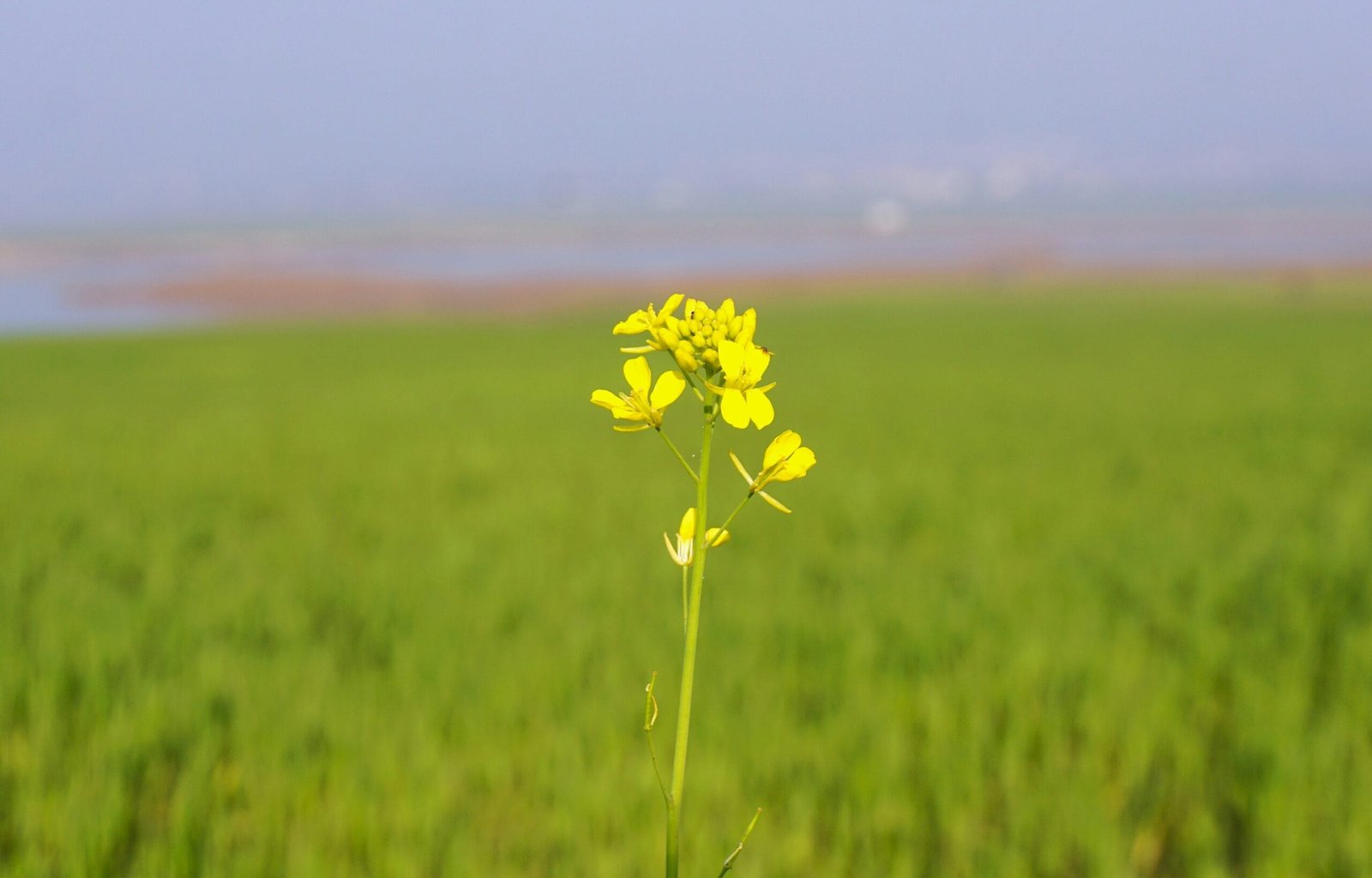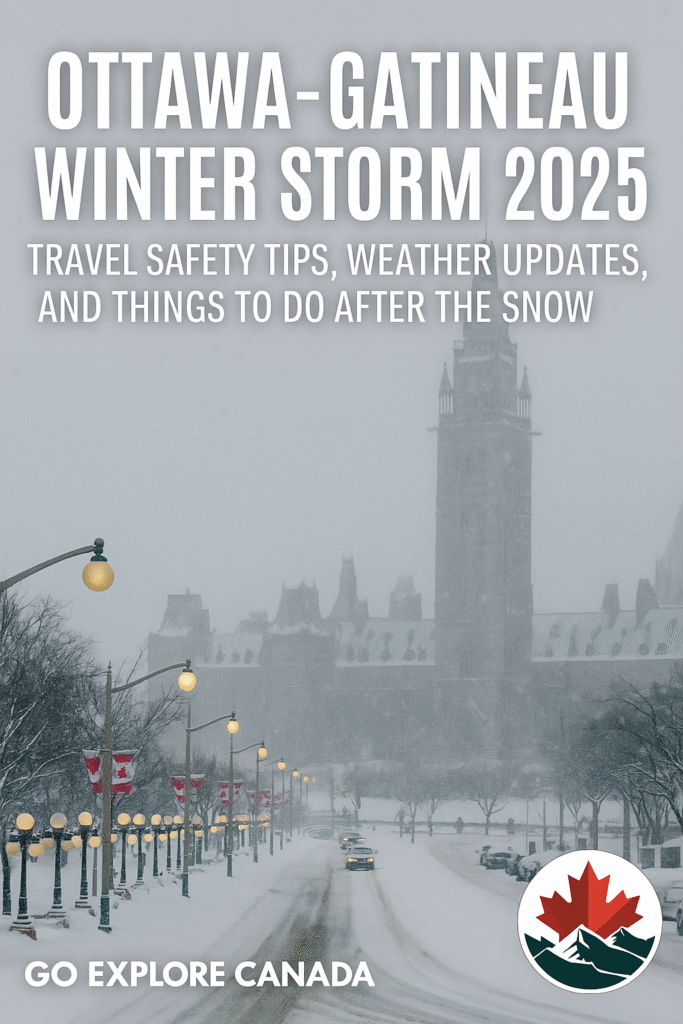
Exploring the Chill: How Cold is Winter in Canada?
Posted in General
Introduction to Canadian Winters

Canada is known for its distinct seasonal changes, with winter being one of the most prominent and defining features of its climate. Spanning vast geographical landscapes, each region experiences winter conditions in unique ways. From the coastal provinces of British Columbia to the frigid territories of the North, understanding how cold is winter in Canada requires an exploration of its geographical diversity. The vastness of the country encompasses a variety of climatic zones, which leads to significant variations in winter weather patterns.
In the west, for example, cities like Vancouver experience milder winters characterized by rain rather than snow, thanks to the moderating effects of the Pacific Ocean. Conversely, regions in the Prairies, such as Saskatchewan and Manitoba, face some of the harshest winter conditions in Canada. Here, temperatures can plummet to alarming lows, and heavy snowfalls are common, demonstrating a different facet of how cold is winter in Canada.
Additionally, the northern territories endure extended periods of extreme cold, where temperatures can reach well below freezing. These areas often observe shorter daylight hours and unique winter phenomena such as the northern lights, adding to the extraordinary experience of winter in Canada. Cities like Yellowknife and Iqaluit illustrate the upper limits of what Canadians can expect during the icy months.
Overall, the experience of winter in Canada is a blend of regional climates and geographical factors, creating a diverse array of winter scenarios. Understanding these variations is crucial for those interested in exploring the Canadian winter landscape, be it for travel, migration, or simply curiosity about how cold is winter in Canada. Through this exploration, readers will gain insight into the marvels and challenges of Canada’s winter climate in all its complexity.
Regional Temperature Variations
The winter season in Canada epitomizes the country’s vast climatic diversity, presenting an intricate tapestry of temperature variations across its different regions. To comprehend how cold winter can be in Canada, it is essential to explore these regional differences that define the winter experience.
Starting from the coast, British Columbia experiences some of the mildest winter temperatures, particularly in cities like Vancouver. Averaging around 0°C to 5°C during the winter months, Vancouver’s climate is influenced by the Pacific Ocean, leading to a relatively temperate experience compared to other parts of the country. Rain is prevalent, but snow is less common, making the coastal region unique in its winter climate.
Contrastingly, the prairie provinces, including Manitoba and Saskatchewan, experience some of the harshest winters in Canada. Winnipeg, the capital of Manitoba, is well-known for its frigid winters, where temperatures can plummet to -20°C or lower, with the wind chill often making it feel even colder. Snowfall is frequent, and the coldest months typically span from December through February, creating a winter wonderland that is both beautiful and severe.
Further north, the territories experience extreme cold that can be difficult to fathom. Yellowknife, situated in the Northwest Territories, is notorious for its extreme winter temperatures, often hovering around -30°C in January. This region is characterized by its long, harsh winters, emphasizing the vast range of winter conditions found across Canada.
Thus, understanding how cold winter is in Canada necessitates an appreciation of these regional temperature variations, where coastal, prairie, and northern areas offer distinctive experiences of the winter season. Each region provides a unique perspective on the country’s winter climate, highlighting the diversity that defines Canadian winters.
Factors Influencing Winter Weather
Winter weather in Canada is affected by a multitude of factors that contribute to the overall climate and temperature conditions experienced during this season. One of the primary elements is the geographical diversity of the country, which includes mountains, plains, and coastlines. These geographical features greatly influence local weather patterns. For instance, mountainous regions often experience lower temperatures and increased snowfall due to elevation and orographic lift, while lower-lying areas may exhibit milder conditions.
Another significant factor is the prevailing winds that sweep across the country. Canada is subject to various air mass movements, particularly polar and arctic air masses that can plunge southward during winter months. This influx of cold air plays a crucial role in determining how cold it is winter in Canada, often leading to extreme temperature drops, especially in the Prairie provinces. When these cold air masses collide with warmer air from the south, the resultant conditions can lead to substantial snowfall and severe winter storms.
Additionally, ocean currents also influence winter temperatures. For example, the warm waters of the Gulf Stream can moderate winter temperatures in certain coastal regions, such as British Columbia. Conversely, the cold currents along the eastern coast can contribute to harsher winter conditions in provinces like Newfoundland and Labrador. The interplay of these variables helps to sculpt the winter weather landscape across Canada, creating a mosaic of climatic conditions that vary significantly from one region to another.
In conclusion, understanding the factors influencing winter weather in Canada—ranging from geographical features to prevailing winds and ocean currents—provides valuable insight into phenomena like the influence of Arctic air masses and their role in chilling temperatures during the winter months.
Typical Weather Patterns
Winter in Canada is characterized by a diverse range of weather patterns that vary significantly across its vast landscape. From coast to coast, the winter months, typically spanning from December to February, showcase a variety of conditions that dictate daily life for Canadian residents. One of the most notable aspects of winter is snowfall. In many regions, snow accumulation can reach impressive depths, creating picturesque winter landscapes. Areas like Quebec and Ontario experience heavy snowfalls, while regions in the west, such as British Columbia, often see milder temperatures and frequent rainy spells instead.
Moreover, ice storms are a phenomenon that can occur during the winter season, particularly in southern Ontario and Quebec. These storms can lead to hazardous conditions as ice accumulates on trees and power lines, leading to outages and dangerous scenarios on roadways. The impact of these storms is often felt not only in terms of transportation issues but also in the increased need for community response and recovery efforts.
Wind chill is another critical factor in understanding how cold it can actually feel during the winter months. Even if the thermometer reads a moderate temperature, strong winds can lower the perceived temperature significantly, making it feel much colder and impacting outdoor activities. Canadians must be aware of these conditions and dress accordingly to prevent frostbite and hypothermia during severe weather spells.
Furthermore, extreme cold snaps can occur intermittently, plunging temperatures dramatically, sometimes below -30°C (-22°F). These events are often accompanied by specific alerts and advisories as they pose considerable risks to health and safety. The implementation of proper precautions and winter preparedness measures becomes crucial during such periods. Understanding these typical weather patterns provides invaluable insight into how cold it is during the winter in Canada, shaping daily routines and community strategies to navigate the season.
Impact on Daily Life and Activities
Winter in Canada is characterized by significant temperature drops that vary across provinces but can result in exceptionally cold conditions. This harsh climate has a profound impact on the daily lives of Canadians, influencing transportation, clothing choices, and social activities. As temperatures can plummet well below freezing, residents must make adaptations to effectively navigate the winter months.
One of the immediate challenges posed by how cold winter is in Canada is transportation. Icy roads and heavy snow accumulation can lead to hazardous driving conditions, prompting many to use public transport or modify their commutes. Cities often implement snow removal strategies to keep roads accessible; however, delays and cancellations in public transit systems can be common during heavy snowfall. Residents need to allocate extra time for travel, and many switch to vehicles equipped with winter tires or even consider carpooling as an alternative.
The winter season also calls for significant changes in clothing choices. Proper winter attire, including insulated jackets, thermal layers, and sturdy footwear, becomes essential for staying warm. Canadians are accustomed to dressing in layers, providing flexibility as they transition between outdoor and indoor environments. Additionally, specialized gear for winter sports, such as skiing or snowboarding, becomes integral for those seeking outdoor activities in colder weather.
Despite the cold, Canadians find ways to embrace winter through various sports and community events. Ice skating, snowshoeing, and skiing are popular, drawing people outdoors to enjoy the crisp air and stunning winter landscapes. Local festivals and winter markets often celebrate seasonal traditions, fostering a sense of community amidst the chill. In essence, while the frigid temperatures present challenges, they also encourage a unique adaptation and appreciation for winter’s beauty and recreational opportunities.
Winter Safety Tips
The winter months in Canada can be exceptionally harsh, with temperatures often plunging well below freezing. Understanding how to stay safe during this period is paramount for residents and visitors alike. Dressing appropriately for the extreme cold is the first line of defense against the frigid weather. It is advisable to wear layers, starting with moisture-wicking base layers that keep sweat away from the skin. Insulating mid-layers will help trap heat, while waterproof and windproof outer layers protect against the elements. Don’t forget to wear insulated gloves, warm hats, and thermal socks, as the extremities are particularly vulnerable to frostbite.
Safe driving in snow and ice is another vital aspect of winter safety. It’s crucial to ensure your vehicle is winter-ready, which includes checking tire tread, antifreeze levels, and having an emergency kit on board. When driving in snowy conditions, reduce your speed, maintain a greater following distance, and avoid sudden movements which could lead to loss of traction. It is recommended to keep fuel tanks at least half full, as running out of gas in extreme cold could be dangerous.
In the event of extreme weather warnings, it is essential to stay informed. Monitoring local weather reports will help you prepare for potential snowstorms or severe cold snaps. During such events, it is wise to stay indoors and limit travel, if possible. If you must leave your home, ensure someone knows your route and expected arrival time. Carrying a fully charged cellphone and letting others know your plans can prove crucial in emergencies. Recognizing the severe realities of winter in Canada and adopting these safety measures can greatly reduce risks associated with low temperatures and challenging driving conditions, ensuring a more secure and manageable winter experience.
Winter Festivals and Celebrations
Winter in Canada is marked not only by its frigid temperatures but also by a vibrant array of festivals and celebrations that embrace the season. Canadians have crafted unique cultural events that highlight their resilience and creativity in the face of harsh winters. One of the most iconic events is the Winter Carnival in Quebec City, which is renowned for its spectacular parades, ice sculptures, and various outdoor activities. This extravaganza celebrates the joy of winter and typically attracts visitors from around the world, eager to partake in its festivities. The event encapsulates how cold is winter in Canada but transforms it into an opportunity for togetherness and celebration.
Another notable event is Winterlude, hosted in Ottawa, which showcases a stunning display of winter art and activities. Highlights include the famous Rideau Canal, which becomes the world’s largest skating rink, drawing both locals and tourists alike to glide along its length. Winterlude features ice carving competitions and various culinary delights that emphasize the Canadian love for winter sports and the outdoors. This event further illustrates how winter’s chill brings communities together, reinforcing social bonds while promoting physical activity during the colder months.
Local Christmas markets across various Canadian cities also contribute to the winter festivities. From Toronto to Vancouver, these markets offer visitors a blend of artisanal goods, seasonal treats, and festive cheer. Here, the atmosphere encourages family gatherings and cherished traditions, reflecting the warmth of Canadian hospitality despite the cold weather. As these events unfold, Canadians demonstrate their ability to celebrate life, even when faced with questions like how cold is winter in Canada. This adaptability showcases the unique spirit of a nation that finds joy in the very season that tests their limits.
Climate Change and Its Effects on Winter
The winter season in Canada, traditionally known for its cold and snowy conditions, is experiencing significant transformations due to climate change. Over the past few decades, research has indicated a noticeable increase in average winter temperatures across the country. This warming trend raises the question of how cold is winter in Canada and prompts a deeper examination of its implications for both the environment and society.
Warmer winter temperatures are leading to altered snowfall patterns, resulting in less predictable weather conditions. For instance, regions that once enjoyed consistent heavy snowfall are now facing reduced snowfall, while other areas may experience increased rain during winter months. This variability can disrupt ecosystems and the natural balance of wildlife habitats, as animals relying on snow cover for insulation and food sources may find their survival challenged.
Conclusion: Embracing the Canadian Winter
Winter in Canada presents an intricate tapestry of beauty and challenge, inviting both residents and visitors to explore its unique offerings. As temperatures plummet and the landscape transforms, individuals find themselves immersed in a season characterized by snow-capped scenery and crisp, invigorating air. The question of how cold is winter in Canada often evokes a spectrum of responses, influenced by regional variations and individual experiences. While some areas may face temperatures plunging well below freezing, other locales present a milder, yet equally enchanting, winter climate.
The charm of a Canadian winter lies not only in its frosty temperatures but also in the myriad activities it facilitates. From skiing and snowboarding in the Rocky Mountains to ice skating on picturesque frozen lakes, the season promises adventurous opportunities. Additionally, winter festivals celebrate the coldest months with local traditions, showcasing artistic displays made of ice and snow, delicious cuisine, and community gatherings. These experiences underscore how cold is winter in Canada and highlight the joyous aspects of this otherwise harsh season.

Welcome to GoExploreCanada.com, your go-to guide for exploring Canada. Discover tips, travel guides, and stories about the breathtaking landscapes, vibrant culture, and delicious cuisine from coast to coast. Join us on an adventure to uncover the hidden gems of Canada!
“Canada Is My Therapy” Hiking & Camping Shirt – Explore. Camp. Breathe.
Price range: $20.50 through $34.00














